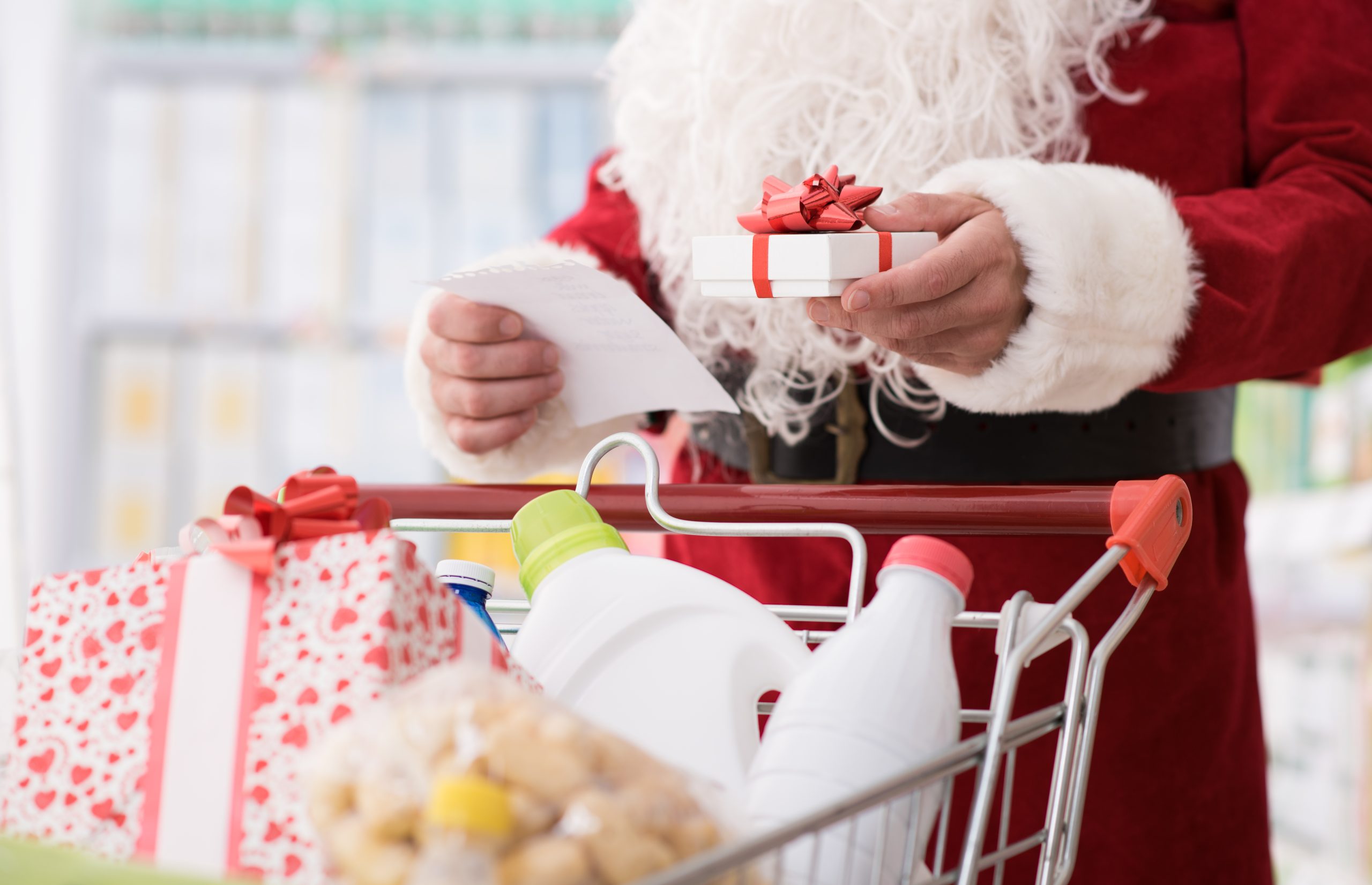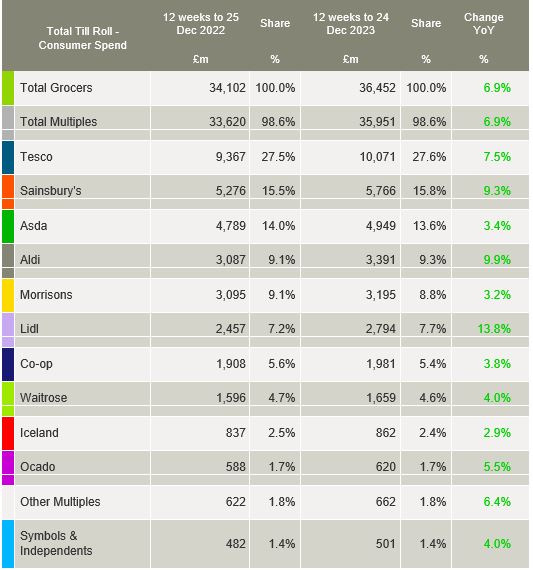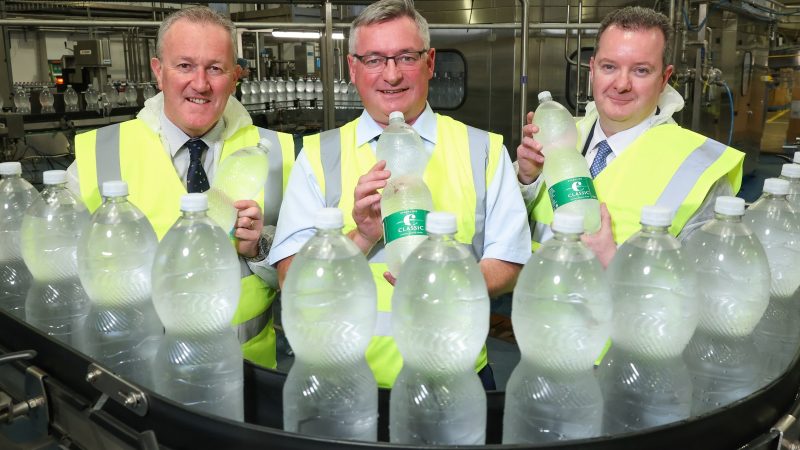Retailers enjoy highest December shopping figures in four years with Christmas boost

Supermarkets saw their highest level of transactions in December since 2019, with 488 million trips made to supermarkets over the four weeks to 24th December.
According to the latest Kantar figures, a record £1.37 billion passed through the tills last month, with the average household spending at an all-time high of £477 across the month, an increase of £28 on 2022.
Total take-home grocery sales grew in value by 7.0% while the number of items bought rose by 2%.
Grocery price inflation fell to 6.7% in December, marking the fastest month on month drop that Kantar has recorded.
As predicted, Friday 22nd December was the most popular shopping day, when just over 25 million trips were made and consumers spent £803 million in physical stores – 85% more than the average Friday in 2023.
BUDGET PRESSURES REMAIN
Despite the fall in grocery price inflation, head of retail and consumer insight at Kantar, Fraser McKevitt said consumers are still feeling the pinch.
“The rate of inflation is coming down at the fastest pace we have ever recorded, but consumers are still facing pretty hefty pressures on their budgets,” he said.
“Retailers were clearly working hard during the festive period to offer best value and win over shoppers, and promotions were central to their strategy. Nearly one third of all spend in the four weeks to Christmas Eve was made on items with some kind of offer, the highest level since December 2020 and £823m more than last year.”

Appetite for the traditional Christmas dinner was as strong as ever, with volumes of parsnips, sprouts and potatoes up 12%, 9% and 8% respectively, and chilled gravy up by 11%. Festive meals including pigs in blankets, sausages, hams and turkeys were also up by 6% collectively.
“We’re creatures of habit when it comes to Christmas and our data shows that the classic festive plate remains much the same,” added Fraser McKevitt.
“However, mince pies and Christmas puddings did buck the trend. They were less popular this year, with volumes falling by 4% and 7% respectively, but that isn’t to say we’ve lost our sweet tooth. Fresh cream was up by 5% across the month, so dessert was still very much on the menu.”
‘Retailers were clearly working hard during the festive period to offer best value and win over shoppers’
Meanwhile, discount retailers Lidl and Aldi saw their highest ever market shares for the Christmas period, with Lidl’s sales increasing by 13.8% and Aldi’s growing 0.2 percentage points.
Tesco, Sainsbury’s, Asda, Morrisons and Waitrose accounted for a combined market share of 70% during the 12 weeks to 24th December.
Fraser McKevitt said this year was no exception for traditional retailers doing well in the run up to Christmas.
“Supermarkets saw especially strong performances for their own-label lines, with sales of premium ranges like Sainsbury’s Taste the Difference and Tesco Finest surging by 11.9% compared with last year, to £790 million. Branded sales rose by 6.0% during the same period,” said Fraser McKevitt.
Frozen specialist Iceland’s sales increased by 2.9%, with its market share at 2.4% and Asda accelerated sales growth to 3.4% to take 13.6% of the market.
Online purchases grew slightly ahead of the market during the four weeks to 24th December versus last year, up by 7.5%.








